Belgian waffles, with their golden crisp exterior and fluffy interior, have become a beloved breakfast and dessert item worldwide. Unlike their thinner American counterparts, these waffles are known for their deep pockets, perfect for holding pools of syrup, whipped cream, or fresh fruit. The story of Belgian waffles is as rich as their taste, rooted in centuries of European culinary tradition.
The origins of Belgian waffles can be traced back to the Middle Ages, when cooks in the region began experimenting with flour-based batter cooked between two metal plates. However, it wasn’t until the 1958 Brussels World’s Fair that these waffles gained international fame. A Belgian named Maurice Vermersch introduced his version of the waffle, which he dubbed the "Brussels waffle", to the fair’s visitors. To appeal to the American audience, he renamed it the "Belgian waffle", and the rest is history. The waffle’s light, airy texture, achieved through the use of yeast or egg whites, set it apart from other varieties.
What makes Belgian waffles truly unique is their preparation. Traditional recipes call for a yeast-leavened batter, which requires time to rise, resulting in a distinctively light and crisp texture. Some modern variations use baking powder for convenience, but purists argue that the yeast-based method is irreplaceable. The batter is poured into a specialized waffle iron with deeper grids than those used for American waffles, creating the characteristic deep pockets that are perfect for holding toppings.
In Belgium itself, waffles are more than just a breakfast food—they are a cultural icon. Street vendors across the country serve them fresh off the iron, often dusted with powdered sugar or topped with whipped cream and strawberries. In Brussels, the gaufre de Liège, another Belgian waffle variety, is even more popular. This version is made with a denser, sweeter dough infused with pearl sugar, which caramelizes during cooking, creating a delightful crunch.
The global popularity of Belgian waffles has led to countless adaptations. In the United States, they are often served as a breakfast dish, accompanied by butter and maple syrup. In other parts of the world, they’ve been transformed into decadent desserts, layered with ice cream, chocolate sauce, and fruit. Despite these variations, the essence of a true Belgian waffle lies in its texture—crispy on the outside, tender on the inside, and utterly irresistible.
For those looking to recreate authentic Belgian waffles at home, investing in a high-quality waffle iron is essential. The iron must be capable of producing the deep grids that define the waffle’s structure. Additionally, patience is key—allowing the yeast-based batter to rise properly ensures the right texture. While shortcuts exist, the traditional method yields the best results, paying homage to the waffle’s storied history.
Beyond their delicious taste, Belgian waffles represent a connection to European culinary heritage. They are a testament to the ingenuity of Belgian bakers who transformed a simple batter into a global phenomenon. Whether enjoyed plain or loaded with toppings, these waffles continue to captivate food lovers around the world, proving that some traditions only get better with time.
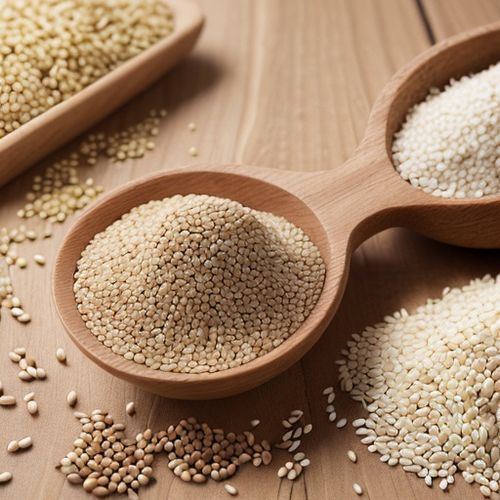
By George Bailey/May 12, 2025
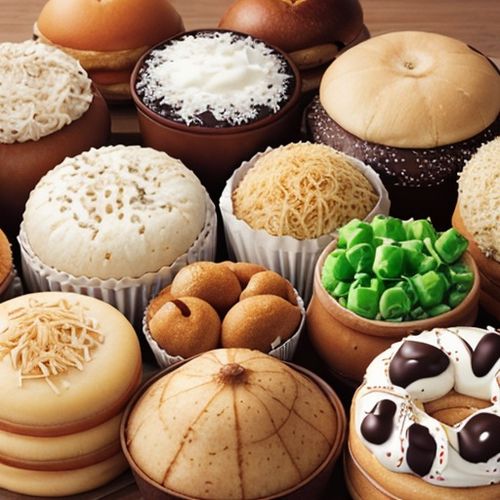
By Amanda Phillips/May 12, 2025

By Thomas Roberts/May 12, 2025
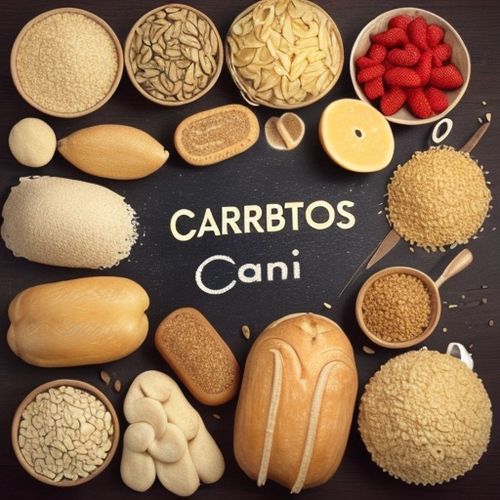
By Benjamin Evans/May 12, 2025
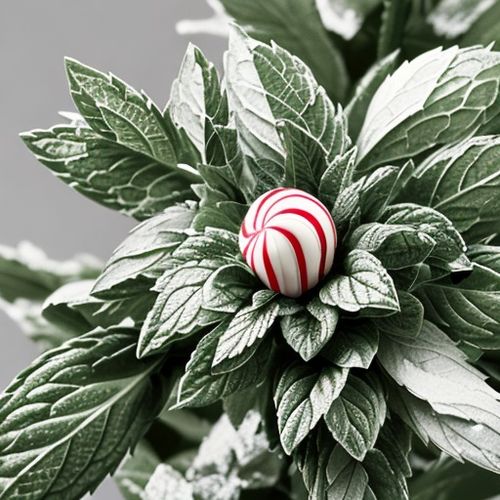
By Natalie Campbell/May 12, 2025
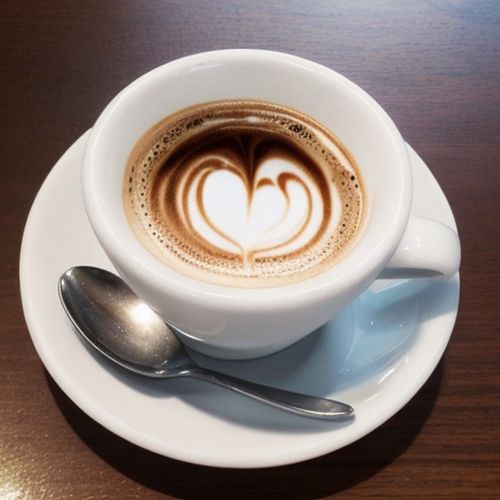
By Lily Simpson/May 12, 2025
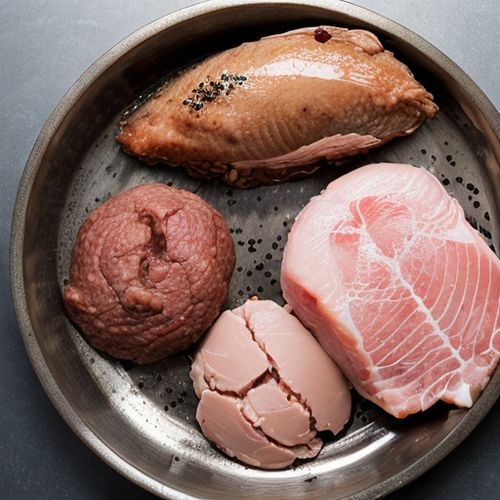
By Megan Clark/May 12, 2025
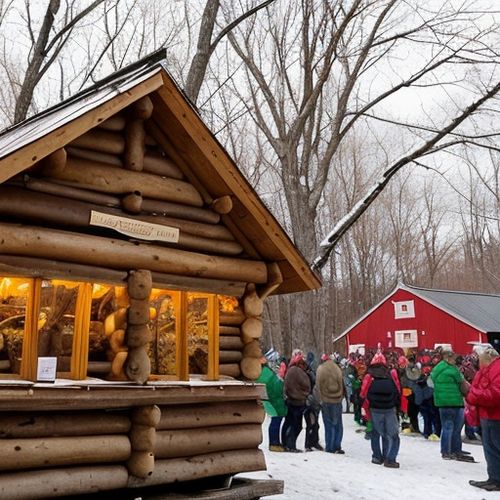
By Christopher Harris/May 10, 2025
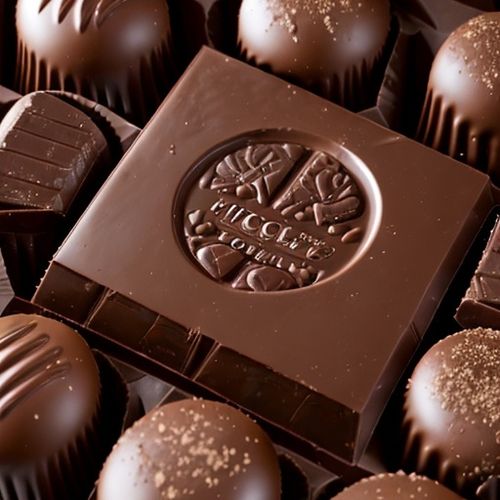
By Emma Thompson/May 10, 2025
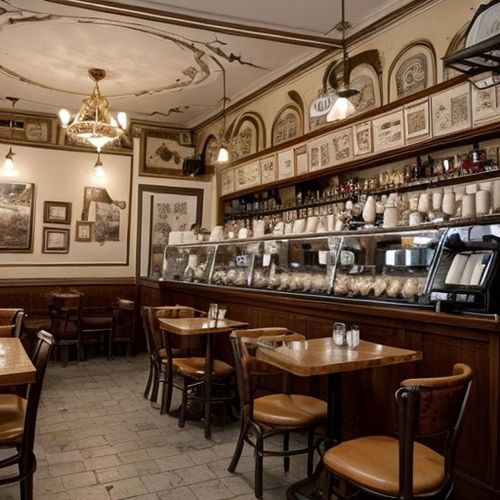
By Ryan Martin/May 10, 2025
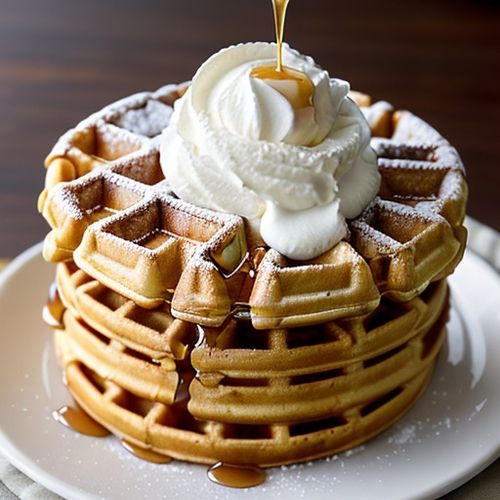
By Michael Brown/May 10, 2025
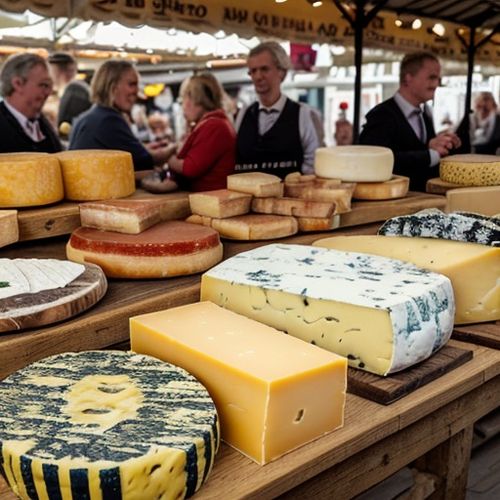
By Sophia Lewis/May 10, 2025
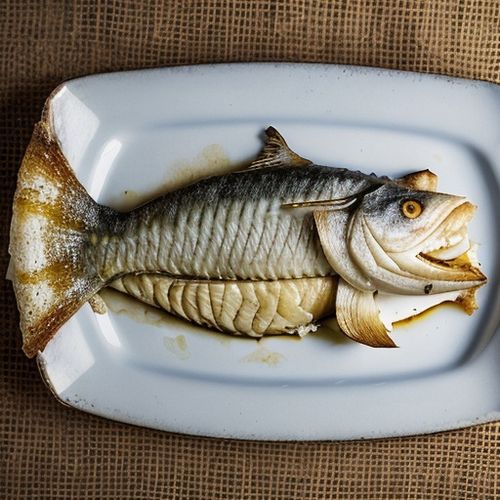
By Eric Ward/May 10, 2025

By George Bailey/May 10, 2025
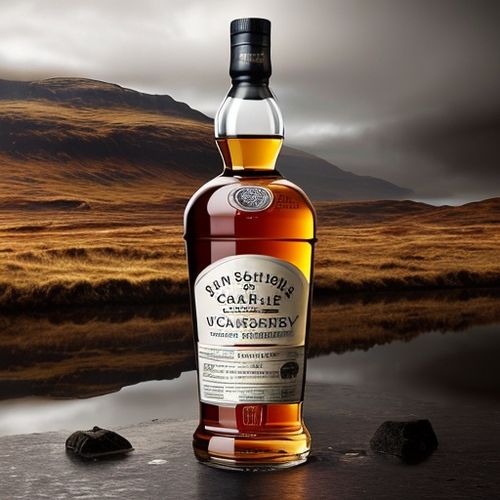
By Elizabeth Taylor/May 10, 2025